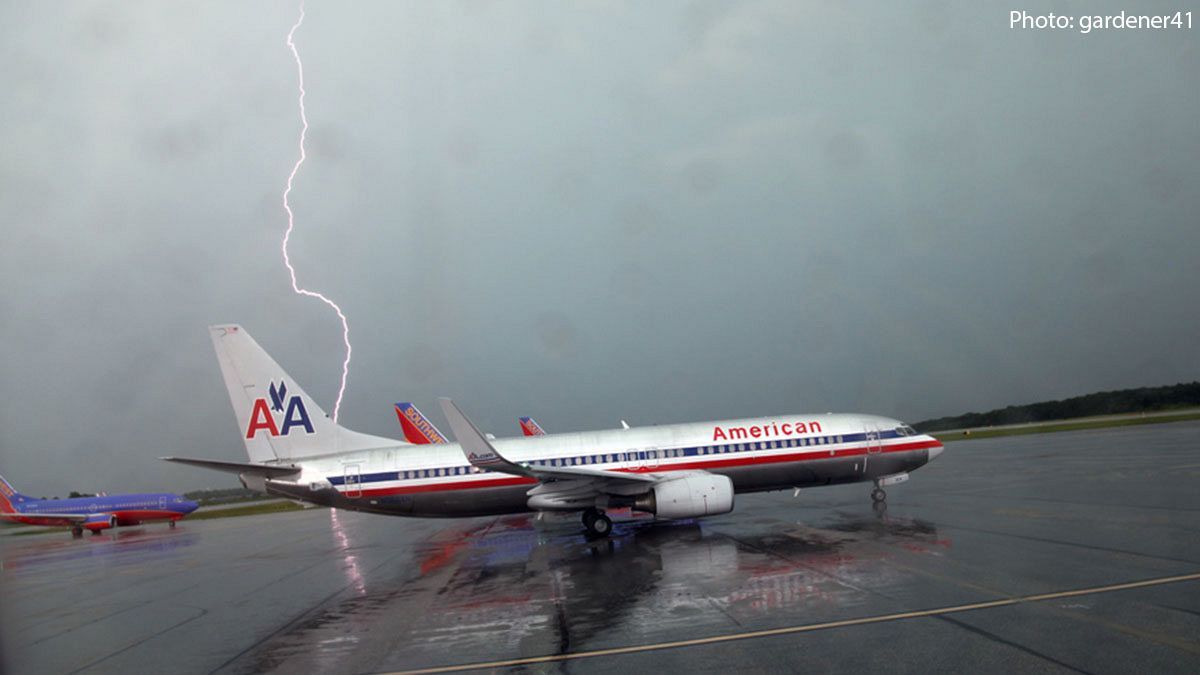Global shocks like the 9/11 terrorist attacks, the 2008 financial recession and political unrest in North Africa and the Middle East were reflected in downturns in passenger demand and profits in the
Global shocks like the 9/11 terrorist attacks, the 2008 financial recession and political unrest in North Africa and the Middle East were reflected in downturns in passenger demand and profits in the airline industry. With 2017 off to a tumultuous start and more uncertainty ahead, how are airlines faring and what changes are on the horizon?
Overall, 2016 represented a positive year for the passenger airline industry. Worldwide traffic increased to 3.7 billion scheduled passengers and departures rose to approximately 35 million, burgeoned by the increased activity of low-cost carriers. Low fuel costs coupled with the traffic increase helped reach record totals in profit and net profit margins. But will global uncertainty and higher expected fuel and labour costs bring an end to this spell?
Guy Shone, CEO of Explain The Market, gave us his take on aviation in 2017: “Global events like Brexit and the Trump travel ban have caused economic turbulence. The travel ban caused a very big bump to the Bloomberg U.S. Airlines Index – dropping more in a day than it had in many months. Airline stocks have, like many other firms, been hit by concern about any signs that isolationist statements might make it into real policies”.
After average petroleum prices hovered around €80 per barrel between 2011 and 2014, the 2016 average of less than €42 helped boost profits, meaning aviation industry spent under 20% of total costs on fuel for the first time in over a decade.
Cheap fuel costs allowed low-cost carriers to be even more competitive with full-service airlines and helped new budget carriers enter the market. Now, with forecasts projecting jet fuel to rise, legacy carriers are wary of raising fare prices in fear of losing out to low-cost competitors.
“I expect an increase of seats in well-established routes. Average yield per passenger rates will continue to fall for some time – forcing legacy brands to look at new areas to claw back margins,” Shone told Euronews. Though legacy carrier size and reach will lessen the impact of higher fuel prices, they will need to cut costs elsewhere to maintain profitability levels.
“Firms with deeper pockets and better relationships may be better able to offset fuel cost rises with more efficient engines, materials and even using additive manufacturing techniques like 3D printing to dramatically reduce overall costs,” Shone added.
- “Well-established routes” refers to larger, busier airports like Heathrow or Charles De Gaulle where budget airlines typically don’t fly.
- Average yield per passenger rates refer to the average fare paid per mile, per passenger, so Shone believes airlines will continue to make less per passenger.
- Blockchain is a digital ledger in which transactions made in bitcoin or another cryptocurrency are recorded chronologically and publicly.
Past technological advances have made planes more fuel efficient and the whole passenger experience both cheaper and more convenient. According to Shone, airlines will need to call on this innovation once again to keep demand high and prices low: “Integration of new technologies such as Blockchain and more efficient ways of accessing data offers some hope here. Brands with very large pools of customers can start to look at how they can offer more pre- and post-flight services that save customers time and increase security. Increasingly, tech and data will be called on to create services with better margins, such as real time frequent flyer tokens that can be traded as soon as they are accrued. Time saving tech and leveraging loyalty will help the biggest brands fight back.”
With improving technology and new markets growing 6% per year compared to stagnating advanced economies, Shone doesn’t expect too much economic hardship for airlines: “The worldwide growth in customer demand just keeps climbing. Seat sales look particularly strong in emerging nation economies where the majority of the planet’s populations are travelling further and more often than ever before.”
